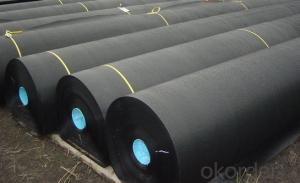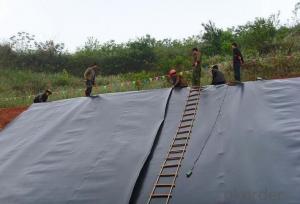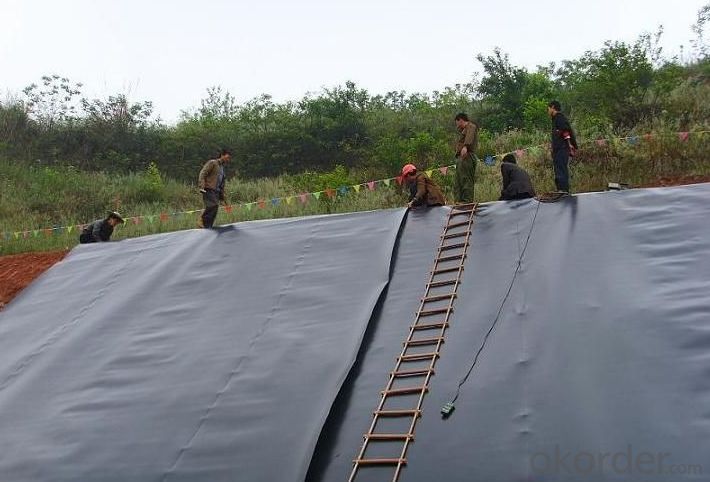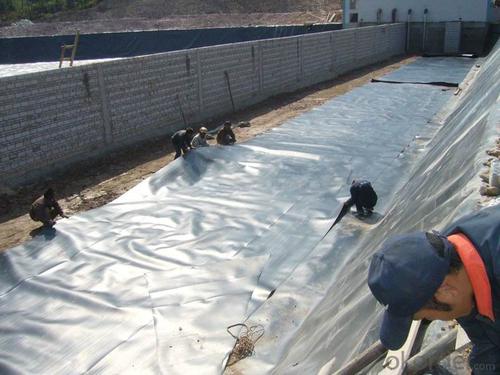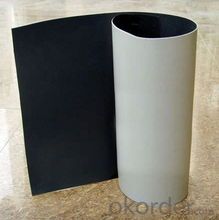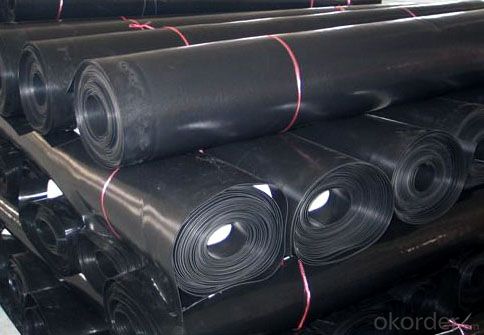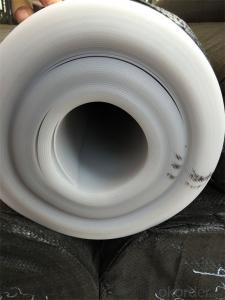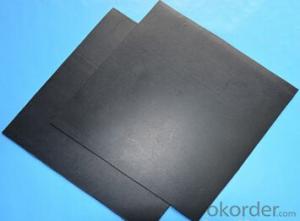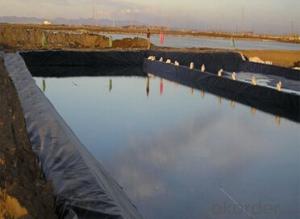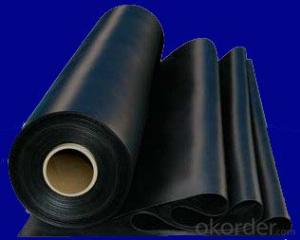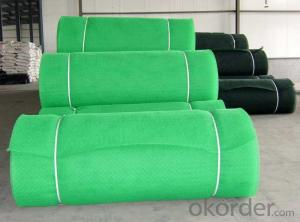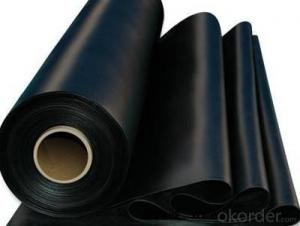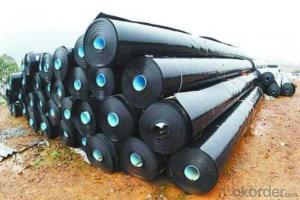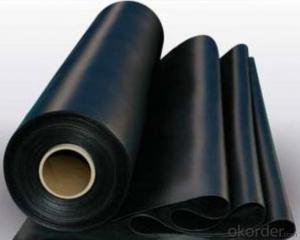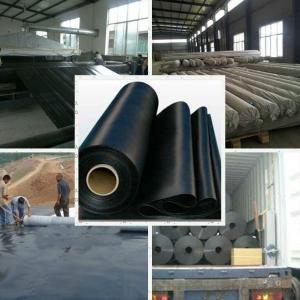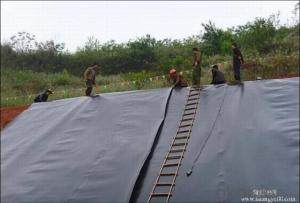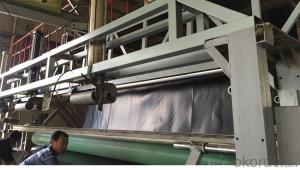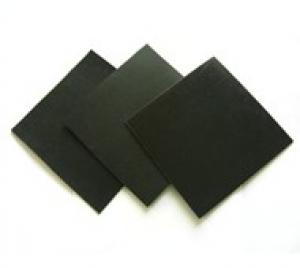1.5mm LDPE Geomembrane for Road Construction
- Loading Port:
- China main port
- Payment Terms:
- TT OR LC
- Min Order Qty:
- 10000 m²
- Supply Capability:
- 5000000 m²/month
OKorder Service Pledge
OKorder Financial Service
You Might Also Like
1.5mm LDPE Geomembrane, Find Details about LDPE Geomembrane and Make an Inquiry for Geomembrane at OKorder.com.
1. LDPE Geomembrane Specifications
1) Thickness : 0.15mm - 4.0mm.
2) Width : Within 8 m (1m-8m).
3) Length : 50m-100m/roll (as request).
4) Material : LDPE,( HDPE, LLDPE, PVC, EVA, etc ).
5) Color : Black , white , red , blue , or as required.
6) Optional surface : Textued(one or two side) or smooth surface.
7) Certificate:CE/ISO9001,14001
2. LDPE Geomenbrane Features
Good mechanical properties, high tear strength, deformation and adaptable, puncture resistance, anti-aging, anti-ultraviolet-resistant, Anti oil and salt, pH, anti-corrosion, high temperature-resistant, non-toxic, long service life. water, drainage, seepage, the good effect of moisture, width, thickness of the full range of specifications and low cost, simple construction.
3. LDPE Geomembrane Applications
1) Environmental protection, sanitation (such as solid waste landfills, sewage treatment plants, power plants Chi-conditioning, industrial, hospital solid waste, etc.) .
2) Water (such as rivers, lakes and reservoirs of the anti-dam, plugging, reinforcement of the canal seepage, the vertical wall of the heart, slope protection, etc.).
3) Municipal Engineering (subway, on the ground floor of the building, planted roof, the roof garden of anti-seepage, sewage pipes lining, etc.).
4) Landscape (man-made lake, river, reservoir, golf courses reservoirs of the substrate, slope protection, green lawn of the waterproof moisture, etc.).
5) Petrochemical (chemical plants, oil refineries, gas storage tanks of the anti-chemical reaction tanks, sedimentation tanks of the lining, etc.).
6) Mining (washing and pool heap leaching, the ash-field, dissolved, precipitation, the yard, the tailings seepage substrates, etc.) .
4. LDPE Geomembrane Show

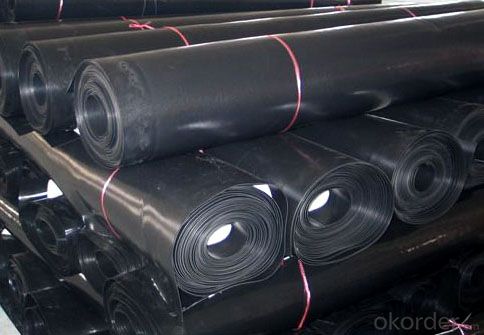
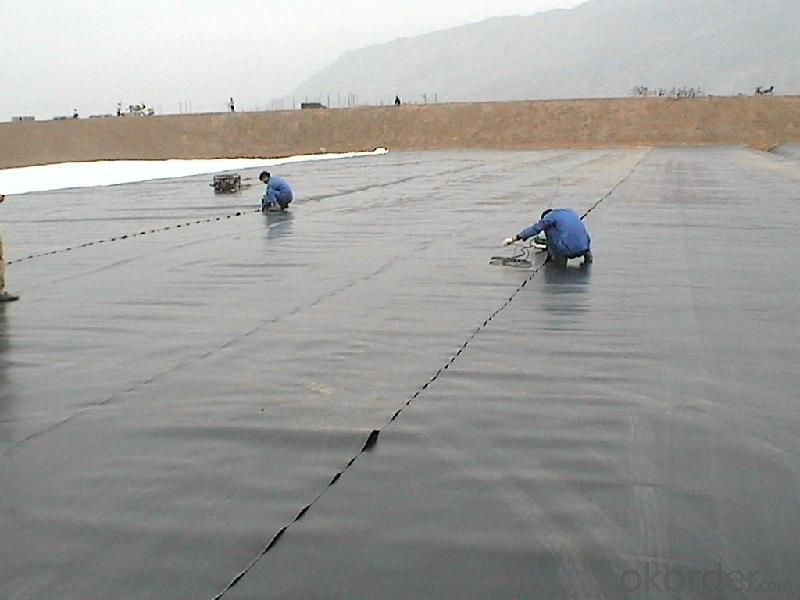

LDPE Geomembrane RFQ:
1. What are we supplying?
We are specialized in producing .geotextile , geocell, geogrid, geomembrane
2. How Many years experience do we have?
We have been exported to more than 15 countries in the past 10 years.
3. How long do we usually reply your request?
We always reply our customer within 12 hours.
If you want to find more details about the LDPE Geomembrane, you could make an Inquiry in okorder.com. Okorder.com provides you the products with best price and quality!
- Q: What materials are commonly used to make geomembranes?
- Geomembranes are commonly made from materials such as high-density polyethylene (HDPE), low-density polyethylene (LDPE), polyvinyl chloride (PVC), ethylene propylene diene monomer (EPDM), and polypropylene (PP).
- Q: What are the models of membrane sand paper?
- The thickness of the general model is not the same. Reference for you: Models with big thickness: 16 mesh, 24mesh, 36 mesh, 40 mesh, 50 mesh, and 60 mesh. Commonly used models: 80, 100, 120, 150, 180, 220, 280, 320, 400, 500, and 600 mesh. Models after fine grinding: 800, 1000, 1200, 1500, and 2500 mesh. Currently there is very few sandpaper with the model of 3000 mesh in domestic ! It is usually indicated by "granularity".
- Q: What are the benefits of using geomembranes?
- There are several benefits of using geomembranes. Firstly, they provide an impermeable barrier, which prevents the leakage or contamination of fluids, such as liquids or gases, in various applications like waste containment, mining operations, or environmental protection. Secondly, geomembranes are highly durable and resistant to weathering, UV radiation, and chemical degradation, ensuring long-term performance and reducing the need for frequent maintenance or replacement. Additionally, they are flexible and easy to install, allowing for efficient and cost-effective construction. Lastly, geomembranes offer environmental advantages by minimizing the impact on soil and groundwater, controlling erosion, and facilitating the proper management of waste and hazardous materials.
- Q: What are the functions of the one-way perspective film?
- One-way perspective film (also called unidirectional film, mirror film, etc.) is a kind of film which can give the glass high reflectance to the visible light. 2) Service condition. This film is often misunderstood that it can allow you see through the window indoors without letting someone see indoors from outside. In fact, there is certain requirement that should be met to make it work. When the outdoors is brighter than the indoors, this film acts like a common mirror. The scene indoors can't be seen from the outdoors. The reverse is not true. But when the outdoors is darker than the indoors, the scene indoors can be seen from the outdoors and vise versa. The clarity depends on the illuminance outdoors. At present, this film is mainly used as observation window and hole with high level of concealment. The product can be used in Public Security Bureau, detention house, prison, court, karaoke, office, kindergarten, psychiatric hospital and other special sites.
- Q: What kinds can plastic film be devided into?
- It can be divided into many types according to different standards . General classification is based on the application of the sub, plastic film mainly used in the fields of: Food, medicine, chemical industry and other fields, among which the food packaging accounted for the largest proportion, for example, the beverage packaging, frozen food packaging, cooking food packaging, fast food packaging, these food is the fast moving consumer goods in our life, so the demand for plastic film is relatively large. Generally it can be divided into 7 kinds: Polyester film, nylon film, aluminium plating film, high resistance diaphragm, biaxially oriented polypropylene film, low density polyethylene film, cast polypropylene film.
- Q: Can geomembranes be used for reservoir lining?
- Yes, geomembranes can indeed be used for reservoir lining. Geomembranes are impermeable materials that are designed to control fluid and gas migration. Their excellent resistance to ultraviolet radiation, chemicals, and physical stress make them an ideal choice for lining reservoirs to prevent leakage and contamination of the surrounding environment.
- Q: Does geomembrane has the color of grey?
- Polyethylene geomembrane, for example, polyethylene is colorless, but in order to improve the UV resistance of the geomembrane, we usually add carbon black particles, then geomembrane will turn black, and is completely black, after cutting fracture, you will see the complete blackness.Generally, geomembraneare all black. Other colors, such as gray, white, green is formed due to addition of color of coating on black film. There is a certain function, for example, white can reflect lights, drop rising temperature caused by the heat absorption; green film can be used as seal field, more beautiful than a large appearance of darkness.
- Q: What are the installation requirements for geomembranes in landfill closure systems?
- The installation requirements for geomembranes in landfill closure systems typically include preparing the subgrade by removing any sharp objects or debris, compacting the soil to achieve the desired density, and providing a smooth surface for the geomembrane. The geomembrane must be properly placed and anchored to prevent any wrinkles or folds. Additionally, proper welding techniques should be used to create strong and seamless seams between geomembrane panels. The installation process may also involve adding protective layers, such as geotextiles or geocomposites, to enhance the performance and longevity of the geomembrane in the landfill closure system.
- Q: Does the showering room membrane need to be pasted?
- the showering room membrane needn't to be pasted You can stick membrane, but the individual can not paste and it requires the professionals having membrane roast. Tempered glass (Tempered glass / Reinforced glass) belongs to safety glass. Tempered glass is a kind of prestressed glass, to enhance the strength of the glass, usually using chemical or physical methods, on the glass surface the compressive stress is formed, when the glass withstand external stress it first offset the surface layer force, thereby increasing the carrying capacity, reinforced glass autoantibodies wind pressure resistance, cold and heat resistance, impact resistance and so on.
- Q: How do geomembranes help with water containment?
- Geomembranes help with water containment by creating a barrier that prevents the seepage or leakage of water. They are impermeable liners made from synthetic materials that are resistant to water and chemicals. When placed in a water containment system, such as a pond, reservoir, or landfill, geomembranes effectively prevent water loss or contamination by forming a secure and durable barrier. This helps to ensure the integrity and efficiency of water containment structures.
Send your message to us
1.5mm LDPE Geomembrane for Road Construction
- Loading Port:
- China main port
- Payment Terms:
- TT OR LC
- Min Order Qty:
- 10000 m²
- Supply Capability:
- 5000000 m²/month
OKorder Service Pledge
OKorder Financial Service
Similar products
Hot products
Hot Searches
Related keywords
